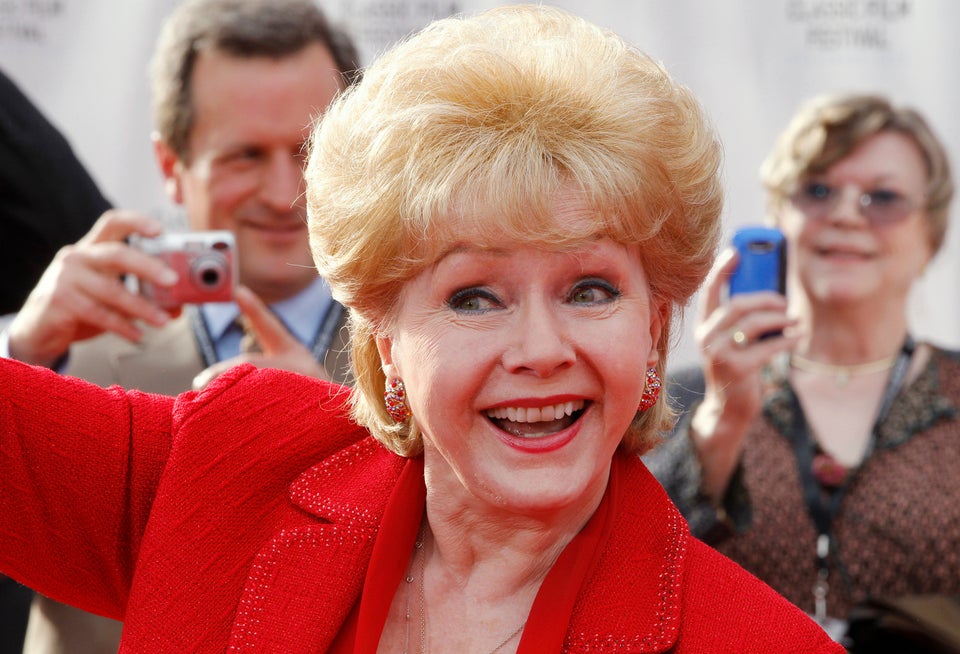
The fashion world lost a groundbreaking icon this week after lifelong model and fashion director China Machado died of cardiac arrest in Brookhaven, New York, at the age of 86.
Machado became the first non-white woman to appear in a major American fashion magazine, gracing the pages of Harper’s Bazaar in 1959.
“She was the first to put in front of the audience the idea of the otherness, bringing out memories of different cultures and fragments of other imagery,” Stefano Tonchi, editor of W magazine, told The New York Times. “She always did it with irony, without posing, modeling or vogueing. Somehow she showed it all while dancing.”
Machado, of Chinese and Portuguese descent, died Sunday, one week shy of her 87th birthday, on Christmas Day. She is survived by her second husband, Riccardo Rosa, her two daughters, Blanche Lasalle-Hills and Emmanuelle Lasalle, and two grandsons.
Machado was born Noelie Dasouza Machado in Shanghai in 1929. (Her model name is pronounced CHEE-na, a reclamation of the derogatory term “chinita” used in parts of South America to describe Asian women.) She and her family fled to South America during the Japanese occupation, when her father’s business and estate were confiscated, according to New York magazine.
Machado’s adventures included a passionate romance with famed Spanish bullfighter Luis Dominguín; a lustrous career as a couture model; positions as fashion director of Harper’s Bazaar and co-creator of Lear’s, a magazine for women over 50; and, at 81, a role as one of the oldest signed models in the industry, The New York Times reported.
Machado’s career reportedly began after she was discovered at a cocktail party in Paris, but she had said she did not initially recognize her own beauty because she was inundated with images of beautiful white actresses while growing up in Shanghai.
“We [non-whites] had no images. We had nothing that told us we were nice-looking. Nothing,” Machado told New York magazine in a 2011 interview. “So I didn’t think of myself as good-looking at all. It never occurred to me.”
Even after finding success during the mid-1950s as a house model for Givenchy and Balenciaga (Machado claims to have been the highest paid model of her time, according to CNN), she still faced racism during her earlier years in the industry, although she told New York magazine that she was sheltered from most of it.
In fact, her groundbreaking appearance in Harper’s Bazaar nearly fell through because the magazine’s then-publisher objected to having a non-white woman in his magazine, according to a 2013 profile in The Telegraph.
Richard Avedon, the renowned photographer responsible for the photo shoot, threatened to give up his contract with the magazine if the pictures of Machado were not used. The photos ran in Harper’s Bazaar in February 1959, and Avedon did not tell Machado about the incident until 20 years later.
Carol Squiers, curator of New York’s International Center of Photograph’s exhibition “Avedon Fashion 1944-2000,” told W magazine in 2010, “That was a big step forward in terms of opening up the image of what a woman could be, of who could be fashionable and how fashion was going to relate to people other than its usual Caucasian base.”
Machado claimed she ended her modeling career in 1962, but five decades later in 2011, she signed a contract with IMG models at the age of 81, according to The Telegraph’s profile.
That same year, Machado graced the cover of New York magazine, was featured in a fall ad campaign for Barneys New York and shot a fashion spread for Vogue, CNN reported.
Machado was most recently featured in the October 2016 issue of New York magazine and in an October interview in Vogue. Just last month, she was included in a photo shoot for Ray-Ban. Her most recent project was Cheena, a line of wool coats and capes “for the woman on the move.”
To sum up Machado’s colorful life and barrier-breaking career, her own words might explain it best.
“I think it’s survival,” Machado told W magazine in 2010. “That’s the way I am with men, with everything. I’m going to survive.”
